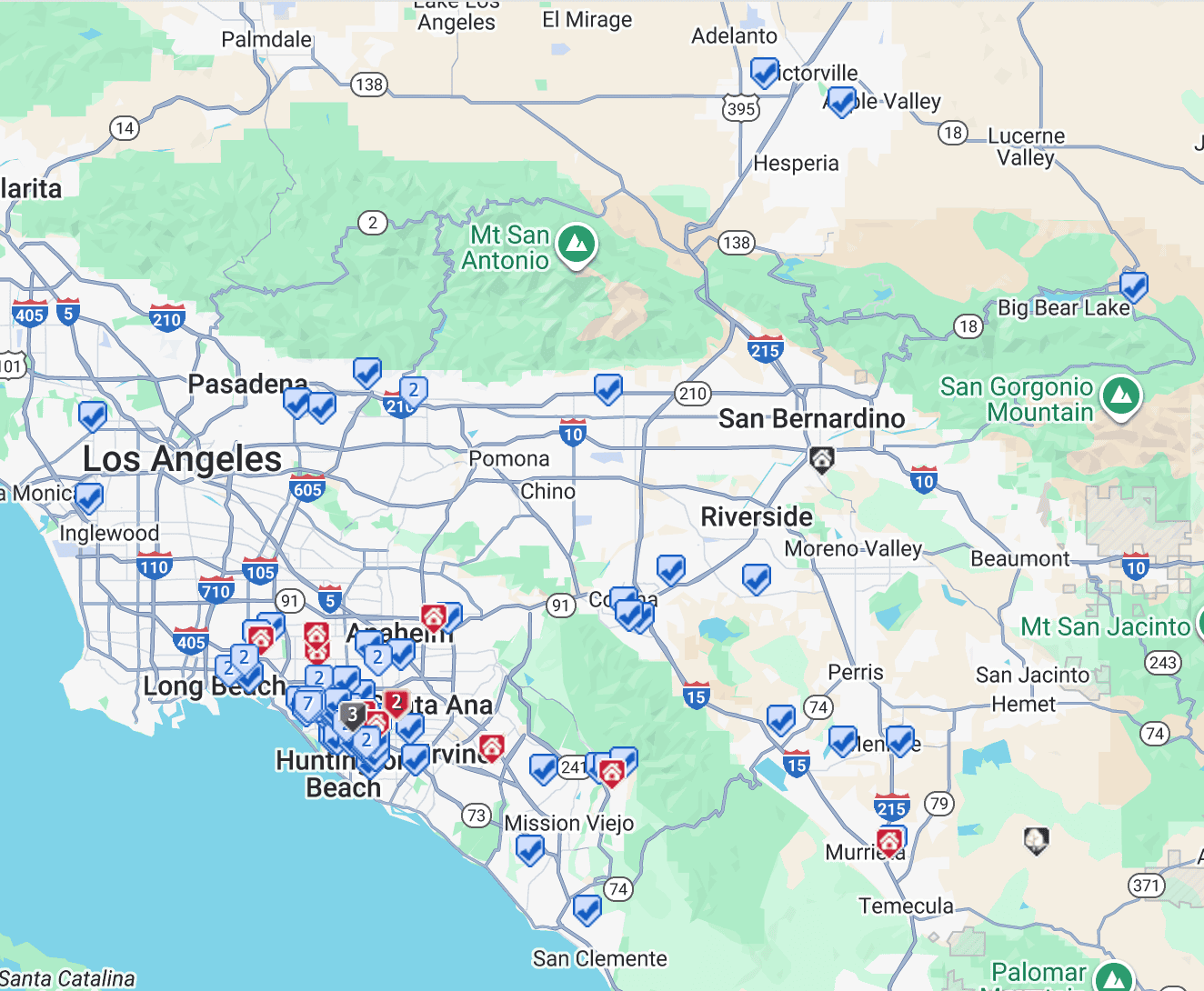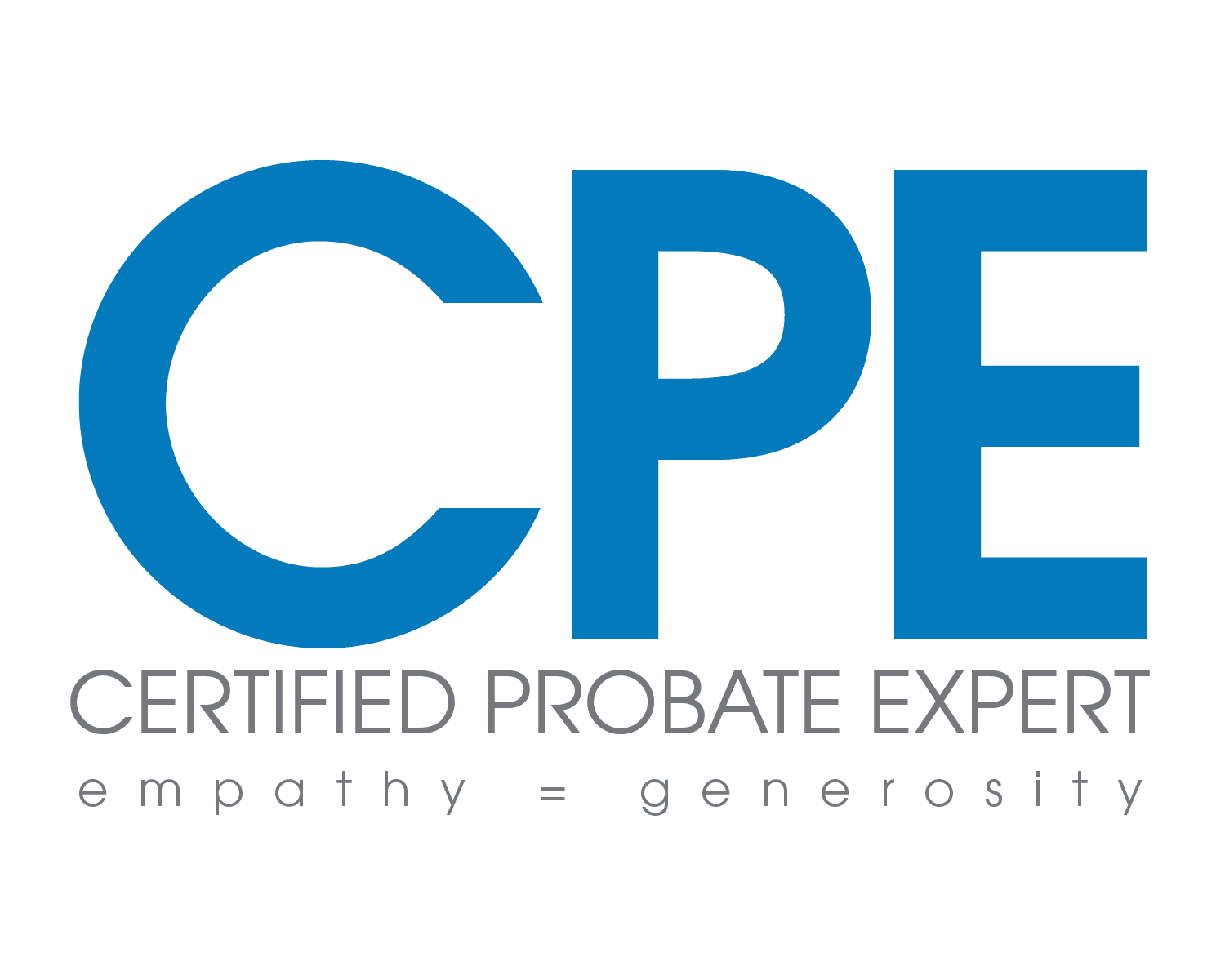
Buying a home in California is a dream for many, but the state’s competitive real estate market and unique regulations can make the process daunting. To help you feel confident and prepared, we’ve compiled a list of the most important terms you need to understand as a homebuyer in California. Whether you’re eyeing a cozy bungalow in San Clemente or a sleek condo in Newport Beach, these terms will guide you through the journey.
1. Purchase Agreement
The purchase agreement is the cornerstone of your homebuying process. This legally binding contract outlines the terms of the sale, including the purchase price, contingencies, and closing timeline. In California’s fast-paced market, crafting a strong offer with clear terms is crucial to stand out.
2. Contingencies
Contingencies are conditions that must be met for the sale to move forward. Common ones include financing (securing a mortgage), appraisal (ensuring the home’s value matches the loan), and inspection (checking for property issues). These clauses protect you but may need to be waived in competitive markets to strengthen your offer.
3. Earnest Money Deposit (EMD)
The EMD is your “good faith” deposit, typically 1-3% of the home’s purchase price, placed in escrow to show the seller you’re serious. If the deal closes, it goes toward your down payment. If you back out without meeting contingency terms, you may lose this deposit.
4. Escrow
Escrow is a neutral third-party account that holds funds (like your EMD) and documents until the sale is finalized. In California, escrow periods typically last 30-45 days, during which contingencies are resolved and paperwork is completed.
5. Closing Costs
Expect to pay 2-5% of the purchase price in closing costs, which cover lender fees, title insurance, escrow fees, and transfer taxes. In California, buyers and sellers often split some costs, but this varies by county and negotiation.
6. Title Insurance
Title insurance protects you and your lender from issues with the property’s legal ownership, such as undisclosed liens or disputes. In California, buyers typically pay for this policy, which is a one-time cost at closing.
7. Transfer Disclosure Statement (TDS)
California law requires sellers to provide a Transfer Disclosure Statement, detailing any known material defects in the property, like a leaky roof or faulty wiring. Review this carefully to avoid surprises after closing.
8. Natural Hazard Disclosure (NHD)
Unique to California, the NHD report outlines environmental risks affecting the property, such as earthquake fault zones, flood areas, or high fire hazard regions. This is critical in a state prone to natural disasters.
9. Homeowners Association (HOA)
If you’re buying in a planned community or condo, you’ll likely encounter an HOA. This organization enforces rules and charges fees for shared amenities like pools or landscaping. Review HOA documents and budgets to understand monthly costs and restrictions.
10. Proposition 13
California’s Proposition 13 caps annual property tax increases at 2% until the property is sold, keeping taxes relatively predictable. However, your taxes will be based on the purchase price at closing, so factor this into your budget.
11. Mello-Roos
Some newer California communities have Mello-Roos taxes to fund infrastructure like schools or roads. These can significantly increase your tax bill, so check if the property is in a Mello-Roos district.
12. Appraisal
An appraisal, required by lenders, ensures the home’s value aligns with the loan amount. If the appraisal comes in low, you may need to renegotiate, cover the difference, or risk losing the deal.
13. Pre-Approval
A pre-approval letter from a lender shows sellers you’re financially qualified to buy. In California’s competitive market, this is a must to make your offer stand out.
14. Loan-to-Value Ratio (LTV)
The LTV compares your mortgage amount to the home’s appraised value. A lower LTV (e.g., a larger down payment) can lead to better loan terms and avoid additional costs like PMI.
15. Private Mortgage Insurance (PMI)
If your down payment is less than 20%, lenders may require PMI, an additional monthly cost to protect them if you default. Ask your lender about options to minimize or eliminate PMI.
16. Interest Rate Lock
Locking your interest rate ensures it won’t rise during the escrow period, protecting you from market fluctuations. In California’s high-cost market, even a small rate change can impact affordability.
17. Good Faith Estimate (GFE)
Your lender provides a GFE, estimating loan terms and closing costs. Review this early to understand your financial commitment.
18. Home Inspection
A home inspection, while not mandatory, is highly recommended to uncover issues like structural damage or outdated systems. In California, where older homes may face seismic risks, this step is critical.
19. As-Is Sale
In an “as-is” sale, the seller won’t make repairs, and you buy the home in its current condition. This is common in California’s seller-friendly market, so rely on inspections to assess risks.
20. Bidding War
California’s low inventory often leads to bidding wars, where multiple buyers compete, driving up the price. Be prepared with a strong offer and flexibility on contingencies.
Final Tips for California Homebuyers
California’s real estate market is fast-paced and diverse, with local nuances like San Francisco’s rent control laws or Los Angeles’ seismic retrofit requirements. Work with a licensed real estate agent familiar with your area. By mastering these terms, you’ll be better equipped to navigate the process and secure your dream home.
Ready to dive in? Stay informed, ask questions, and happy house hunting! If you need any help or guidance do not hesitate to reach out. Simply send us a message or book an appointment.








